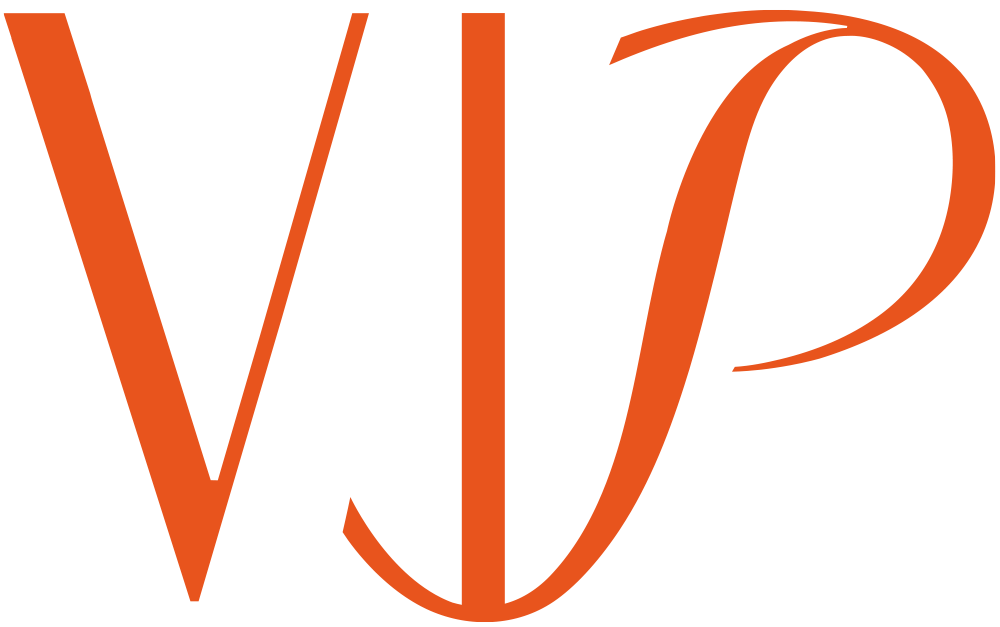Academic Activity

Start your free online consultation today!
We offer free online consultations via WhatsApp for international patients, as we understand that in-person visits can be challenging. Our experienced consultants and doctors are here to assist you. Simply let us know which procedures you’re interested in, and we’ll get back to you shortly.
Ask about our All-Inclusive Plastic & Cosmetic Surgery Package in Korea



Phone: +82 64 713 1007
WhatsApp: +82 10 5059 6626
Consultations: [email protected]
Business Inquiries: [email protected]
Address: 46, Eunnam-1gil, Jeju-si, Jeju-do, South Korea (63124)
Dr. Myung Ju Lee M.D. Ph.D. is a board certified plastic surgeon in Korea, specializing in facelift, neck lift, and rhinoplasty.
Business Registration No. 841-58-00455
© 2025 VIP Plastic Surgery Korea. All Rights Reserved.
Please note that before-and-after photos may vary depending on each patient's case. This website provides information on plastic surgery based on theoretical knowledge and extensive experience. No content contained herein may be used as a substitute for direct consultation. Click here to read the full Privacy Policy and Disclaimer.